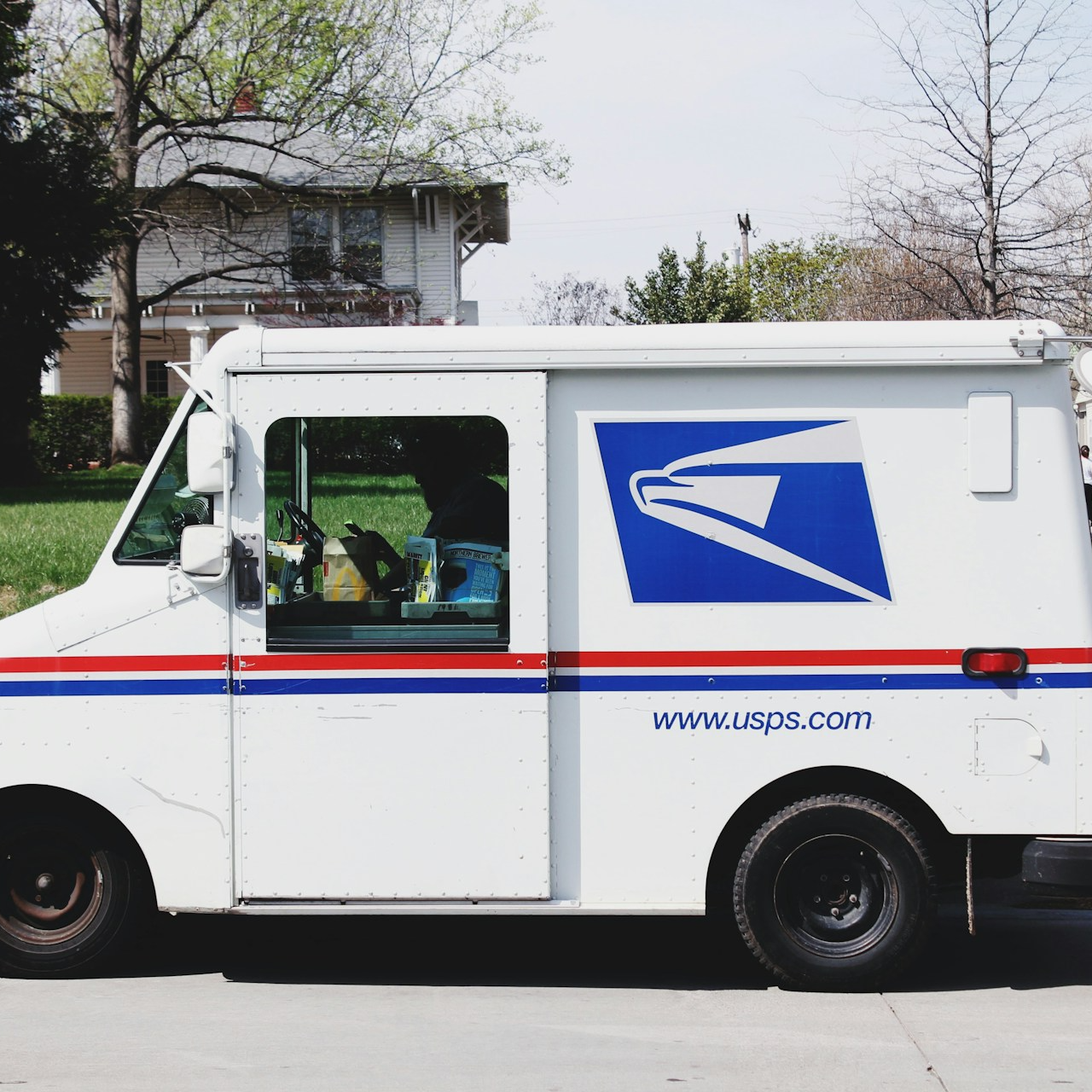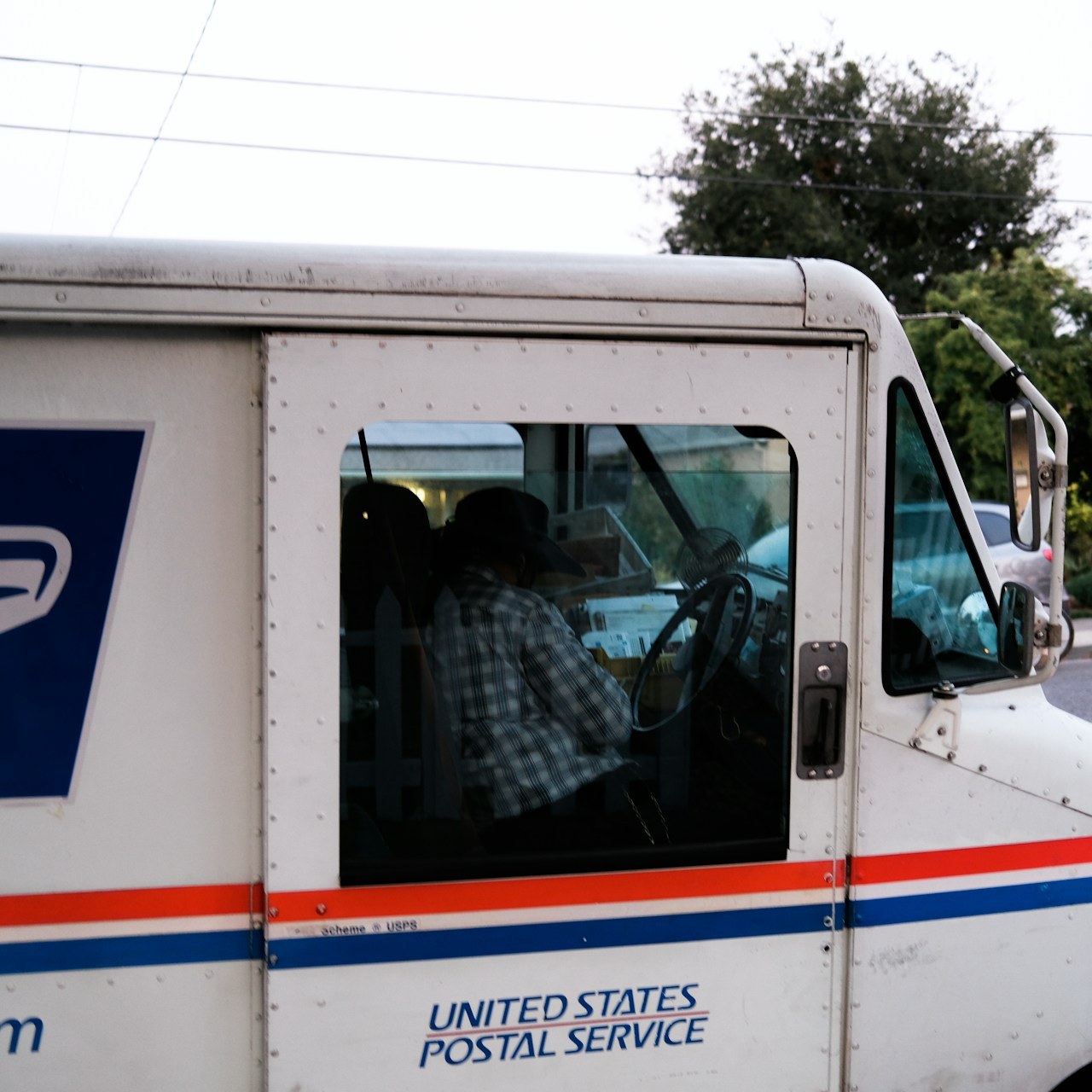Key Takeaways
-
The Postal Service Health Benefits (PSHB) plans bring tailored healthcare solutions exclusively for USPS employees and retirees, offering significant flexibility and integration with Medicare for eligible participants.
-
Open Season provides a valuable opportunity to explore and compare PSHB options to ensure the best fit for your healthcare needs.
A Fresh Approach to Health Benefits
The Postal Service Health Benefits (PSHB) program introduces a unique healthcare framework specifically designed for postal employees, annuitants, and their eligible family members. Transitioning from the Federal Employees Health Benefits (FEHB) program to PSHB, USPS has tailored these plans to address the specific needs of its workforce and retirees. If you’re a part of the USPS family, you’ll want to understand what makes these plans distinct and how they could impact your healthcare decisions.
Who’s Eligible for PSHB?
Understanding your eligibility is crucial when considering PSHB plans. These plans cover:
-
Active USPS employees: Whether full-time or part-time, you’re eligible to enroll during the annual Open Season.
-
USPS retirees: Annuitants and their eligible family members can also participate, provided they meet specific requirements.
-
Family members: Spouses, children under 26, and disabled children over 26 may be eligible, offering comprehensive coverage for your household.
Take note that former spouses and those ineligible for federal retirement benefits won’t qualify for PSHB coverage.
What Sets PSHB Apart?
The PSHB program isn’t just a rebranded version of FEHB. It’s a system specifically designed with postal employees and retirees in mind. Here’s what makes it stand out:
1. Tailored Coverage Options
PSHB plans are developed to cater to the unique health needs of USPS employees and retirees. From preventive care to chronic condition management, these plans aim to offer a balanced mix of services that meet the demands of an active or retired postal worker’s lifestyle.
2. Integration with Medicare
For those eligible for Medicare, PSHB plans integrate seamlessly with Medicare Part A and Part B. This integration reduces out-of-pocket expenses and ensures more comprehensive coverage. Starting January 2025, Medicare enrollment will be mandatory for certain annuitants and family members to maintain PSHB coverage, although exceptions apply for those who retired before this date and aren’t already enrolled in Part B.
3. Flexibility During Open Season
Every year, you’ll have the chance to explore, compare, and adjust your health plan during the Open Season. This period, running from mid-November to early December, is your opportunity to find the coverage that aligns with your healthcare needs and financial situation.
Key Deadlines and Timelines
Navigating PSHB requires attention to important dates and periods:
-
Open Season Enrollment: Typically mid-November through early December. Changes made during this period take effect on January 1 of the following year.
-
Transition Period: The switch from FEHB to PSHB begins with the 2024 Open Season, and all eligible participants will be automatically enrolled in a corresponding PSHB plan unless changes are made.
-
Medicare Enrollment: If you’re nearing Medicare eligibility, ensure your enrollment in Part B to maintain uninterrupted PSHB coverage post-2025, if applicable.
Costs and Contributions: What to Expect
While PSHB plans mirror the general cost-sharing structure of FEHB, there are some notable distinctions:
-
Premium Contributions: As with FEHB, premiums are shared between USPS and the enrollee. The government continues to contribute a significant portion to keep costs manageable.
-
Out-of-Pocket Caps: Annual limits on out-of-pocket expenses provide financial protection against high medical costs.
-
Medicare Coordination: For retirees, combining PSHB with Medicare significantly reduces overall expenses, especially for hospitalization and medical services.
It’s essential to review the specifics of your chosen plan to understand the full scope of costs, including deductibles, coinsurance, and any additional fees.
Preparing for the Transition
If you’re a USPS employee or retiree, preparing for the switch to PSHB is vital to ensure you maintain uninterrupted and effective healthcare coverage. Here’s how you can get ready:
1. Review Your Current Coverage
Start by evaluating your existing FEHB plan. Identify what’s working and where improvements could be made. Knowing your current coverage’s strengths and weaknesses will help you choose a PSHB plan that best suits your needs.
2. Explore PSHB Plan Options
Take advantage of Open Season to explore available PSHB plans. Consider factors like:
-
Coverage for specialists and preferred providers.
-
Prescription drug benefits.
-
Family coverage options.
-
Potential savings with Medicare integration.
3. Understand Medicare Requirements
If you’re approaching Medicare eligibility, familiarize yourself with enrollment requirements. Missing key deadlines could result in penalties and gaps in coverage, so proactive planning is crucial.
What Happens If You Don’t Act?
During the transition to PSHB, eligible participants who don’t actively select a plan will be automatically enrolled in a corresponding PSHB option. While this ensures continuous coverage, it might not be the best fit for your specific needs. Taking time during Open Season to evaluate your options ensures you’re not stuck with a plan that doesn’t align with your healthcare priorities.
The Role of Medicare in Your PSHB Plan
For Medicare-eligible retirees and family members, the relationship between PSHB and Medicare is pivotal. Here’s why:
-
Cost Efficiency: Enrolling in both Medicare and a PSHB plan can significantly lower your healthcare costs by reducing deductibles and coinsurance.
-
Comprehensive Coverage: Medicare Part A covers hospital services, while Part B handles outpatient care. Combined with PSHB, you’re better protected against unexpected expenses.
-
Mandatory Enrollment: Starting in 2025, most Medicare-eligible PSHB participants must enroll in Medicare Part B to maintain their PSHB plan.
Why Open Season Matters
The annual Open Season is more than just an enrollment window; it’s your chance to:
-
Reassess Your Needs: Life changes like marriage, adding dependents, or retirement can alter your healthcare priorities.
-
Compare Plans: Take the time to evaluate the costs and benefits of different PSHB plans.
-
Optimize Coverage: Ensure your chosen plan covers necessary services and aligns with your budget.
The Future of Healthcare for USPS Employees
The introduction of PSHB marks a significant shift in how USPS employees and retirees access healthcare. By tailoring plans to meet the unique needs of postal workers and integrating seamlessly with Medicare, PSHB represents a forward-thinking approach to health benefits. Staying informed and proactive during this transition ensures you make the most of the new opportunities these plans provide.
Navigating PSHB with Confidence
Understanding the ins and outs of PSHB is the first step toward maximizing your benefits. From selecting the right plan during Open Season to coordinating with Medicare for optimal coverage, you hold the keys to your healthcare journey. Don’t let this opportunity pass without taking a close look at what PSHB can offer you and your family.










